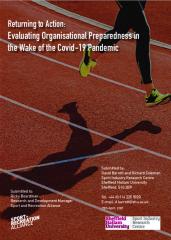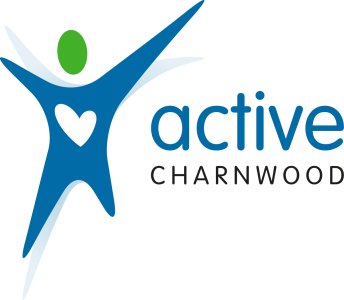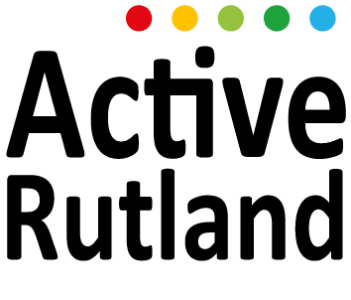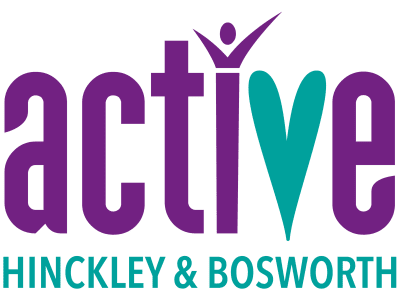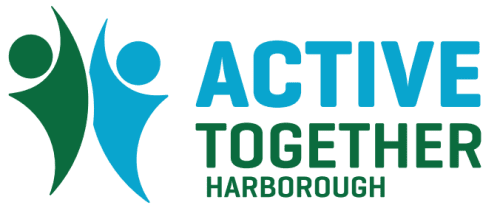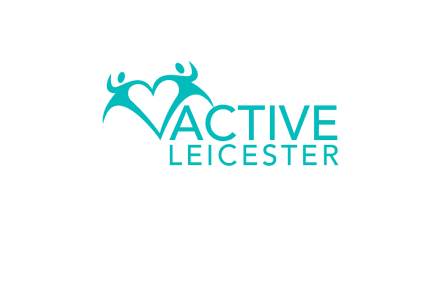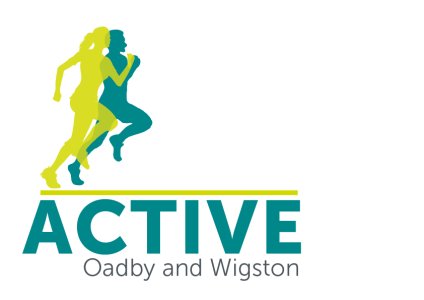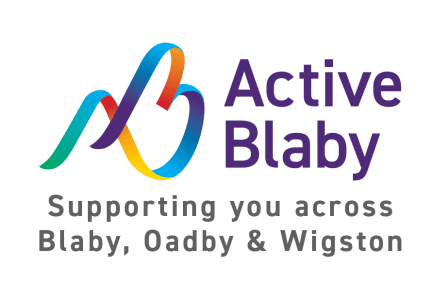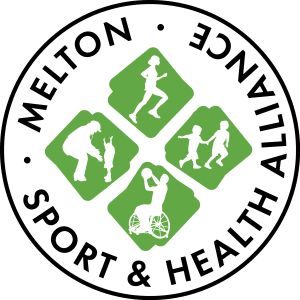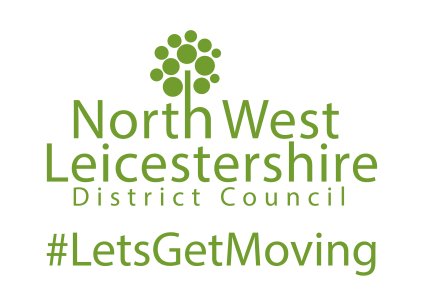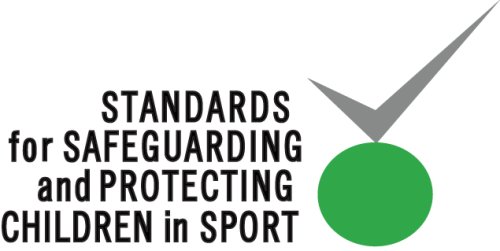Returning to Action: Evaluating Organisational Preparedness in the Wake of the Covid-19 Pandemic
- Date Published
- Apr 2021
- Publisher(s)
- Sport+ Recreation Alliance, Sheffield Hallam University
- Document Type
- Report
- More Info
- https://www.sportandrecreation.org.uk/news/covid-19/clubs-ready-to-deliver-if-facilities-are-read
- Themes
- COVID-19 Recovery, Infrastructure & Travel*, Workforce*
- Sub Themes
- Facilities, Clubs, Coaching, Volunteering
- Geographic Area
- National
The survey focusses primarily on voluntary clubs, which are the setting in which around 4 million people regularly take part in sport, though other organisation types, such as private companies and sole traders delivering coaching are included in the findings. An understanding of this sector of the sports' market is crucial to developing policy responses which will underpin efforts to match and eventually surpass pre-pandemic levels of participation in the community.
Key points of the survey include:
- Out of a sample of 1,406, 26 sports generated 30 or more responses. Exercise / Fitness, Table Tennis and Bowls were the best represented sports and activities.
- There are notable variations in the proportion of organisations which are voluntary clubs. This has a material impact on how sports are affected by the pandemic.
- The majority of responses came from clubs located in England, with a small minority from the other home nations of the UK.
The main sections of the report include:
Impact on Membership/Participants
- Organisations responding to the survey lost an average of 60% of the members and participants during lockdown but expect to recover to 75% of pre-pandemic levels once restrictions are removed.
- Virtually all participation opportunities organised by community sport providers ceased during lockdown. Clubs and other providers expect to be able to deliver 90% of their pre-pandemic participation opportunities once lockdown restrictions end.
Impact on Workforce
- Coaches were the hardest hit group among paid staff working for community sport providers, some are believed to have left the sector during the pandemic and are not expected to return.
- There was a significant reduction of volunteering activity, but many administrative and facility maintenance volunteers continued to fulfil their roles during the pandemic.
- Organisations predict that volunteering activity will return to or exceed pre-pandemic levels, at least in the short-term. While this offers encouragement that recovery will be swift, a projected decline in the number of volunteers at an organisation's disposal means that there are some signs existing volunteers will be under more strain.
Impact on Finances
- Organisational expenditure has fell significantly during the pandemic, but income declined at a faster rate. Organisations which were operating at a modest annual surplus incurred a small deficit during lockdown.
- Around one in three providers operates without any financial cushion. Those providers with cash reserves saw them decline by 18%, while liabilities increased by an average of 20%.
- The impact of the lockdown on providers' financial viability, while broadly negative, may be reversed if organisations are able to return to delivering income generating activities at the earliest opportunity.
Issues Constraining the Return to Action
- In general terms, providers forecast that the major constraints to the return to play will be the availability of facilities and volunteers, though they are optimistic that volunteers will return.
- In mitigating the impact of lockdown on participants, most providers have reduced expenditure in line with lower levels of activity. Diversification of activities has proved challenging, while new funding opportunities are relatively thin on the ground.
- The full return to pre-pandemic levels of activity may be a long process, and the pandemic will leave its mark on providers for some time to come.
- There is confidence among providers in their capacity and resilience, but inactivity has had a significant impact on participants (particularly on mental health), and some permanent shifts in activity patterns may yet emerge in the post-pandemic landscape.
The report findings go on to discuss key themes which are relevant to the delivery of community sport, regardless of the Covid-19 pandemic including;
- Facilities;
- The Volunteer Workforce;
- Resilience;
- Impact Differentials, and;
- Loosening of Club Ties.
Given the uncertainty surrounding the final timescales for the removal of Covid-19-related restrictions on sport and physical activity, it is recommended that the projections of community sport providers regarding their return to play and the key drivers and barriers that have affected them are revisited in a longitudinal study.


